Israel carried out its largest-scale operation against Hezbollah targets in Lebanon yesterday since the summer war of 2006. Wave after wave, Israeli aircraft struck at 1,600 targets across Lebanon with the aim of targeting Hezbollah weapons stores. Four hundred and ninety-two people were killed, according to figures issued by the Lebanese authorities. After nearly twelve months of controlled escalation on Israel’s northern border, we are now potentially on the cusp of all-out war.
Israel’s purpose in increasing the pressure on Hezbollah and Lebanon is to drive a wedge between the various components of the Iran-led regional alliance currently engaged against it. Hamas, a junior client of Tehran, launched the October 7 attacks without prior consultation with its patrons, according to all available evidence. But since October 8, when Hezbollah began missile and drone attacks on Israel’s border communities, a partial mobilization of Iranian assets across the region has been under way.
The immensely fragile remaining edifice of mutual deterrence is now teetering on the brink
Hamas’s military capacities in Gaza have now largely been destroyed. What remains for Israel is a grinding period of counter-insurgency, as the IDF seeks to crush remaining pockets of resistance in the Strip. With the Palestinian Islamist movement on the way to military defeat in Gaza, Israel is turning its attention to the far more formidable challenge in the north.
Here, however, the intention is not to launch a general war against Hezbollah with the intention of destroying it. Rather, Israel wants to raise the temperature against the group to a level at which the movement and those behind it in Tehran no longer find it worthwhile to continue the limited campaign of missile and drone attacks under way since October 8.
The intended outcome is that at that point, Hezbollah would unilaterally elect to close what it calls its “support front” for Gaza, even in the absence of any ceasefire in the south. What would follow, according to the Israeli plan, would be an agreement in line with UN Resolution 1701 in which Hezbollah forces would re-deploy north of the Litani River. Around 60,000 Israeli residents of border communities would then be able to return to their homes.
So will it work? It seems unlikely — for a number of reasons. Firstly, what Israel is hoping to achieve against Hezbollah would not represent a tactical concession by the movement. Rather, it would mean ceding the whole basis according to which Iran has been conducting its long war against Israel over the last decades. The Iranians may not have sought major confrontation with Israel at the present time. But to now permit Hezbollah to abandon the field for its own self-preservation, leaving Hamas in Gaza to be ground to powder, would be to accept that a well-applied counter-force can break the will of the Iranian axis, bringing about local victories against its various components.
As of now, the response to the mobilization of Iranian assets — the Houthis in Yemen, the Iraqi Shia militias and Lebanese Hezbollah — has been cautious, out of a western and, to a degree, also an Israeli desire not to enter into a general confrontation with Iran. Hezbollah concessions at this point in Lebanon would remove the need for such caution. The Iranian-led alliance would be exposed as a loose gathering of self-interested elements. The possibility of picking off this or that component by applying pressure on it would be made apparent. This would represent a strategic setback for Tehran.
Secondly, Hezbollah and its Iranian masters may well calculate that Israel’s escalation ladder, while high, is not without limit. The events of recent days represent without doubt a profound shock and a deep humiliation for the terror group. The exploding pagers and communication devices, the wiping out of the command echelon of the movement’s elite Radwan Force, and now the exposure and destruction of a large percentage of its hardware are heavy body blows to Hezbollah, against which it seems able to raise only a limited defense. So must the group now accept either the need to make concessions, or the escalation to a general war which it clearly does not want? It may well spy another alternative.
At present, and for as long as the fighting continues, displaced Israelis cannot return to their homes. This represents a strategic advantage for Hezbollah and Iran. It is also the case that an even larger number of Lebanese are now displaced. But the wellbeing of the population under its own rule is a long way down the list of Hezbollah’s priorities. The terror group clearly thinks that Israel doesn’t want to mount a ground offensive to push its forces north of the Litani. It is clear that the US administration is very much opposed to any such move. So Hezbollah might calculate that if it can just weather the current wave of Israeli attacks, it can then maintain the strategic advantage of keeping 60,000 Israelis out of their homes, avoid having the “Resistance Axis” exposed as a fiction, and survive to fight another day.
Despite the severity of the Israeli response in recent days, Hezbollah has yet to carry out the kind of action that would make all-out war an inevitability. Its target area is creeping southwards. On Sunday, its missiles struck at Kiryat Bialik, a town just north of Haifa. But despite its losses, the movement has not yet, for example, launched its precision-guided ordnance in a large-scale attack on Tel Aviv. Such a move would certainly make all-out war inevitable.
Hezbollah and its patrons like the strategy of a long, drawn-out war of attrition against Israel, intended according to their theories to end in its implosion. Iran still doesn’t want to spend its forty-year investment in Hezbollah on protecting a junior client in Gaza. For this reason it is at present absorbing the losses, seeking neither to climb up, nor climb down the escalation ladder.
How long can this pattern hold? Israel appears to have not yet concluded that only an (undoubtedly costly) ground incursion into south Lebanon can end the campaign Hezbollah began on October 8 and enable the rebuilding of Israeli border communities. Hezbollah also fears and wishes to avoid any such incursion. As a result, it is currently willing to absorb even the unprecedented losses of the last few days.
The immensely fragile remaining edifice of mutual deterrence is now teetering on the brink. It will hold until such time as Israel decides that only ground action can bring about its desired goal, or Hezbollah calculates that it has nothing left to lose from a broader response, which will itself make such a ground incursion inevitable. We will soon know.
This article was originally published on The Spectator’s UK website.



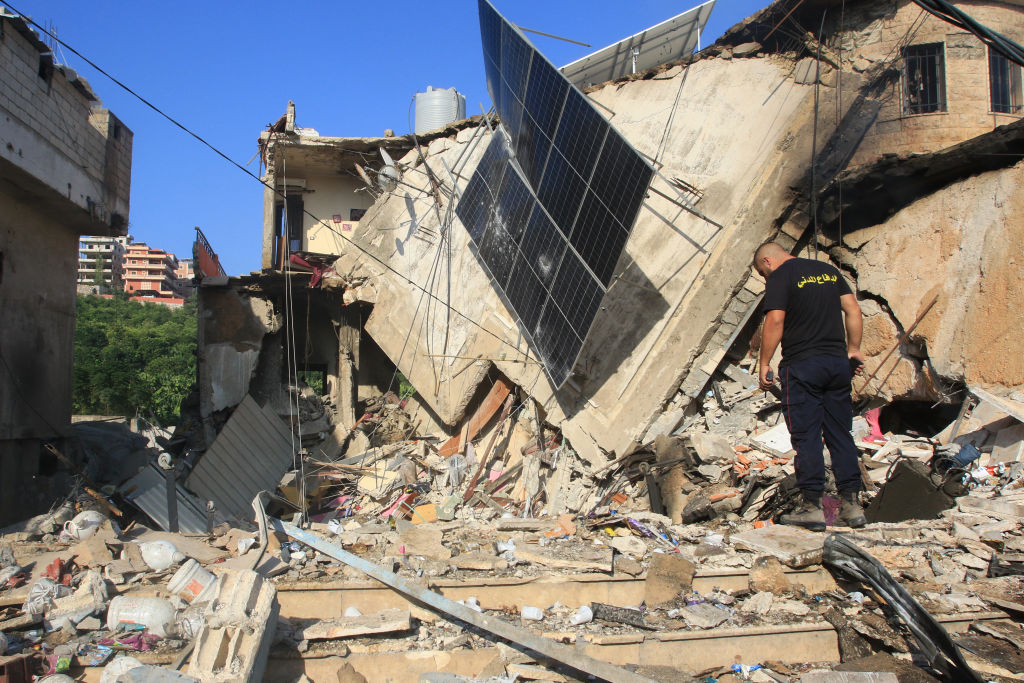







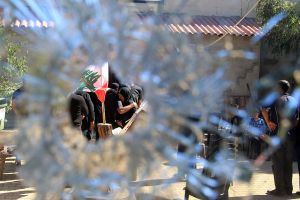

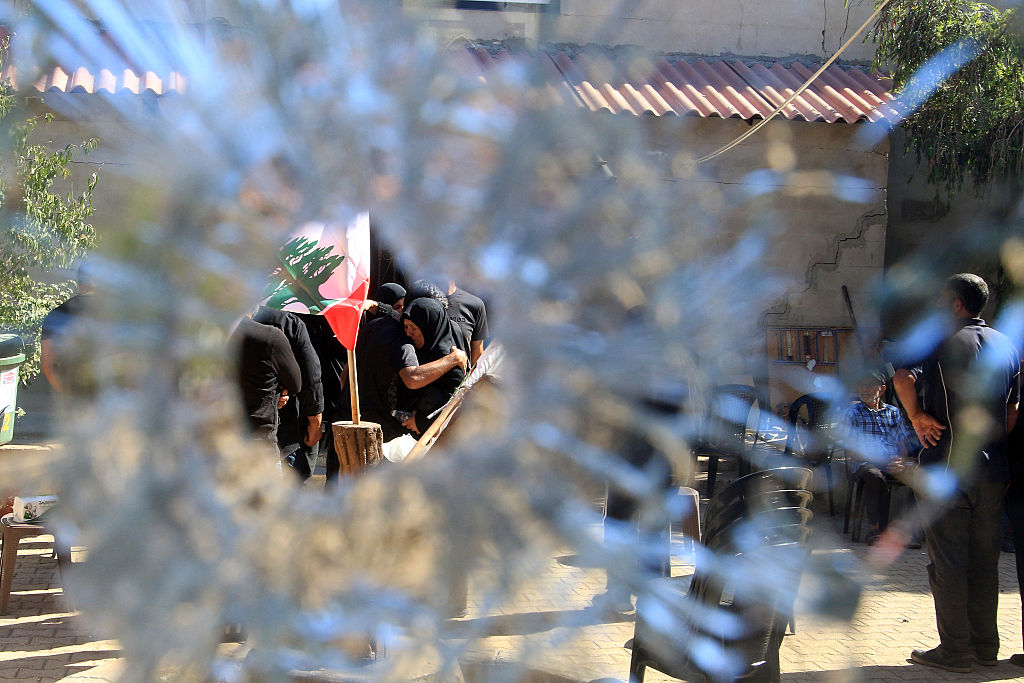

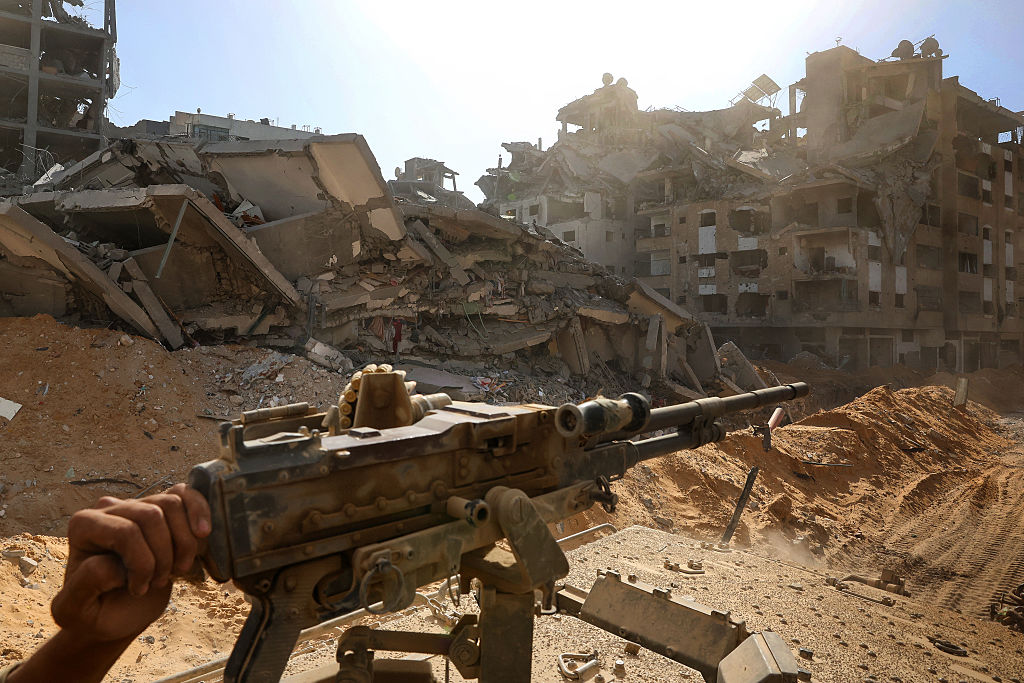

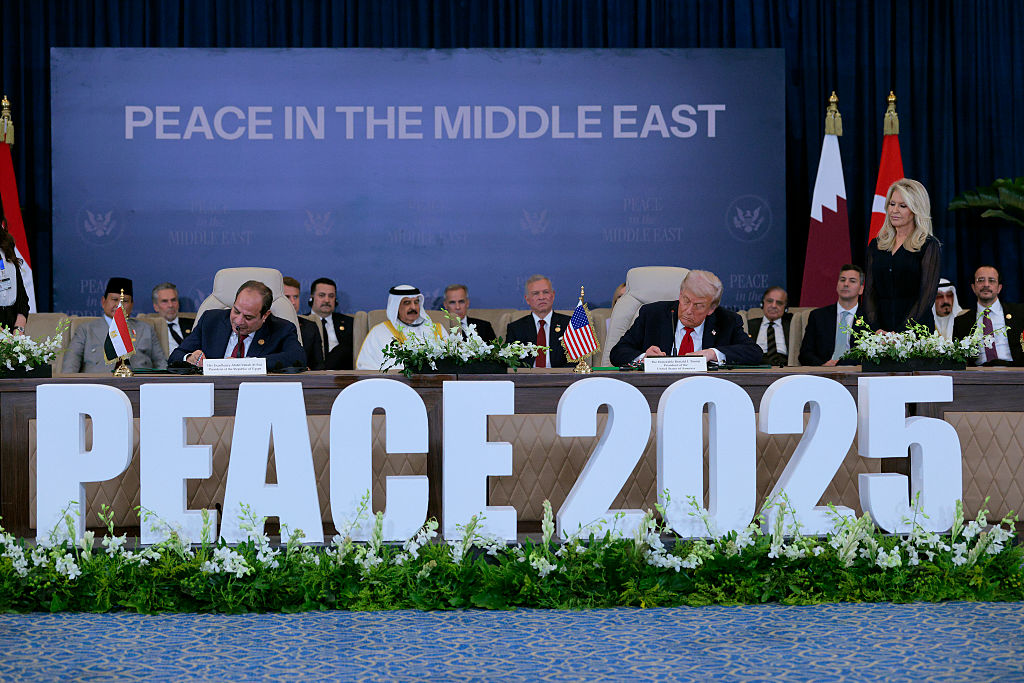








Leave a Reply